Finland's Dirty Secret: Extracting Peat for Energy
Peat isn't just mud, it's also a carbon-heavy fossil fuel. The opening of a new state-owned power plant shows that Finland is in denial over an industry that can harm the climate more than coal.
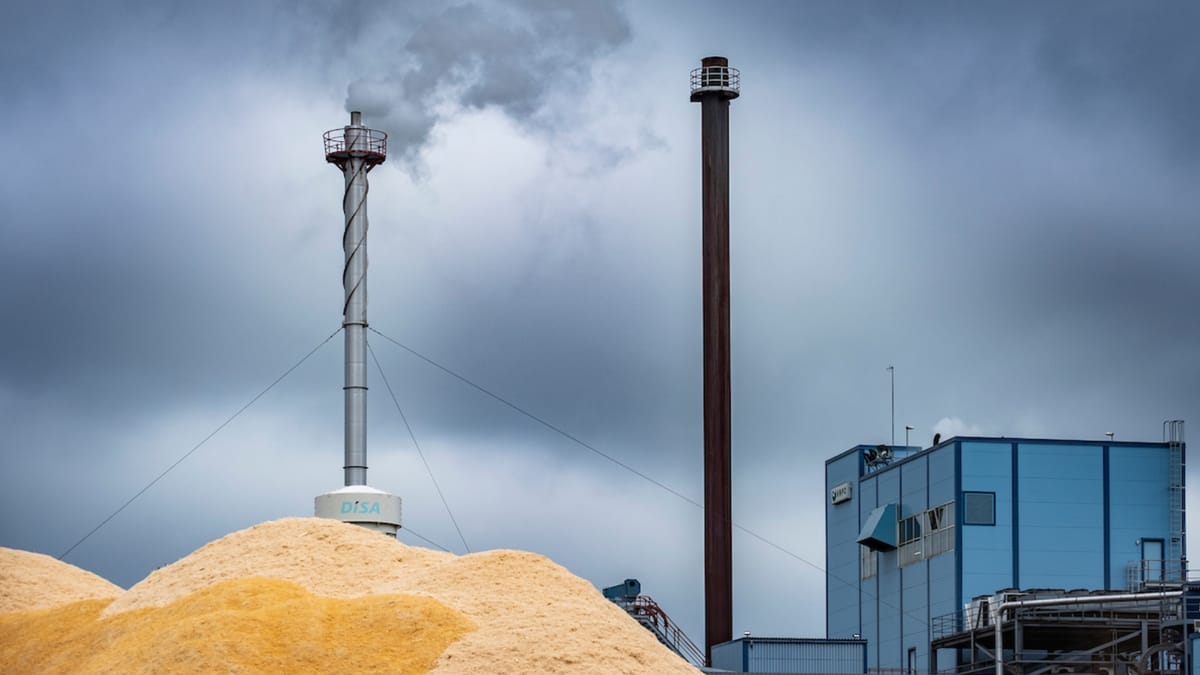
This article is the first part of a series entitled Finland’s Dirty Secret. Part two of the series, Political Controversy can be found here.
A towering cloud of seagulls circles over a dying stretch of the Jukajoki River, ravenous. The sound of their squawking is deafening. The community of Selkie has never seen anything like this. One dives, and then another. A local fisherman, Heikki Roivas, stares out helplessly at the scores of fish floating belly up in the river. Decades of dirty fuel-sourcing practices that rely on Finland’s peat, which is considered worse than the lowest rank of coal, have taken their toll.
After Finland’s waters have suffered consecutive years of massive fish death, its fishermen and farmers are scratching their heads as to why the state-owned energy company is opening up another power plant this year. Meanwhile, most people living in cities, where energy needs are ramping up, are completely unaware of the problem and the invisible political forces at work around them.
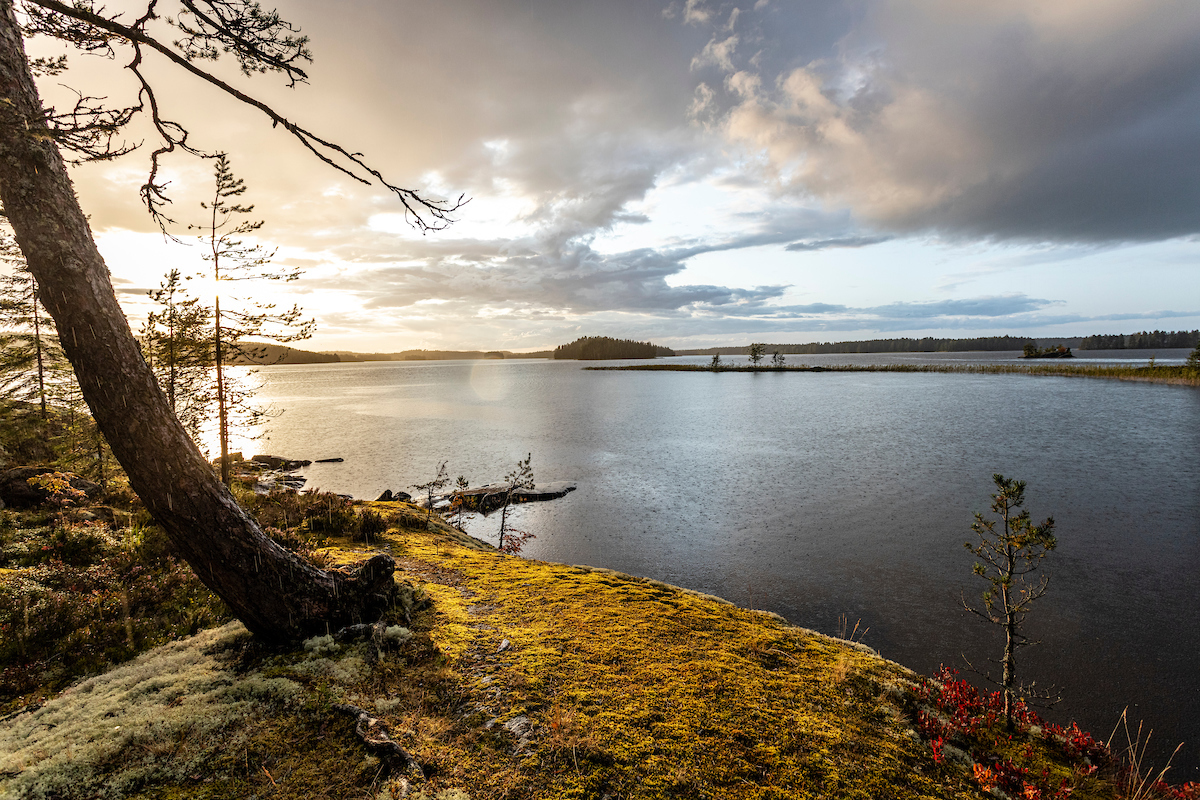
Finland is known as “The Land of a Thousand Lakes“ and it was once regarded on the high ground as home to several endemic bird and fish species; however, complaints about deteriorating water quality are becoming more and more common as Finland’s once-pristine water ecosystem is sliding into an irreversible crisis.
“It is a great illusion that we have a clean water-system in Finland or any untouched natural ecosystem."
The state-owned company VAPO, the largest peat producer in the country, has laid the foundation for a new factory site running exclusively on peat this year and has even more new peat collection areas in its sights. VAPO’s website presents the facade of a company that “is rooted in the Northern people's close relationship with nature and its raw materials.” However, this covenant is the opposite of what we find in the course of the investigation in the field. Our requests for a statement on their practices have been left unanswered.

PEAT: THE FORGOTTEN FOSSIL FUEL
In the face of our global climate change crisis, the use of peat as a fuel source is as controversial as ever. After hard coal, which is only used as an emergency option, peat is perhaps the most harmful energy source for global warming in Finland. National Geographic labeled peat as the "forgotten fossil fuel." In 2018, The Irish Times called peat the most damaging fuel in Ireland; "worse than coal." Peat extraction in Finland is generating a total of 23.8 million tons of carbon dioxide per year, more than twice the emissions of Finnish road, rail, boat, and air traffic. Even after extraction sites are spent, they still remain an open source of carbon emissions. Yet, despite the high greenhouse gas emissions of peat extraction, the government has a history of subsidizing the practice of peat harvesting and it continues to rely on peat as a fuel source in disregard for the harm to Finland’s wildlife populations and ecology.
“We have a decade to transform our societies so that we can survive."
The benefits of maintaining healthy peatlands within Finland are not only local to Finland. Natural peatlands are some of the world's most valuable carbon sink - trapping carbon dioxide from the atmosphere and they must be preserved for countries to meet their targets for a reduction in emissions. The International Union for the Conservation of Nature (IUCN) calls peatlands the "largest natural carbon store" on Earth, and states that saving peatlands is critical for preserving biodiversity and combating climate change. Despite this, Finland's biggest industrial companies continue to support the extraction of peat from peatlands and the use of peat as a fuel to meet the country's growing energy requirements. In addition to its huge impact on climate change, peat extraction causes massive water pollution. If they are not rewilded, by damming the ditches that were made to dry the peatlands for production, extracted peat bogs leak organic loading into rivers and lakes, which ultimately flows toward the Baltic Sea. The Land of a Thousand Lakes has a lot to lose.
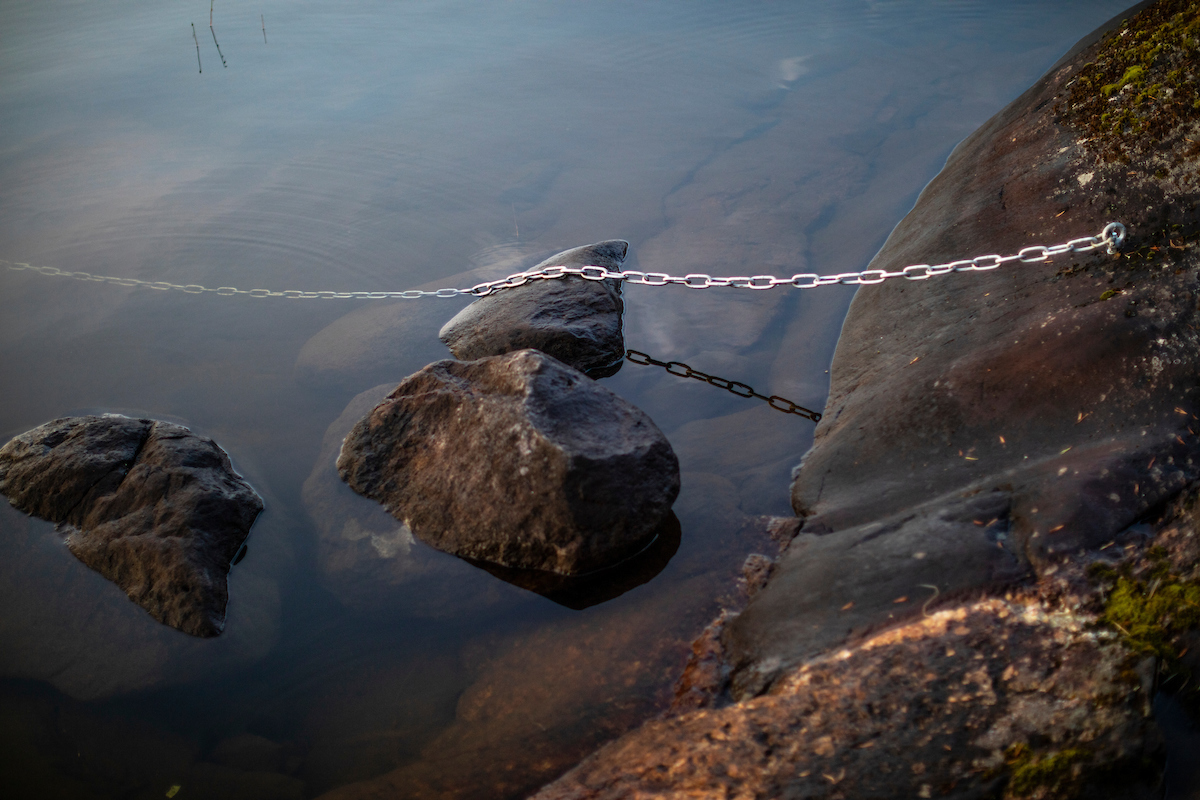
"For the climate, peat is even more harmful than coal."
Dr. Tero Mustonen, Adjunct Professor at the University of Eastern Finland and lead author of the IPCC AR6 Climate Report for the UN, has read the writing on the wall. “We need to restore natural balance very quickly, time is running out. By restoring marsh-mires we are increasing the natural carbon sink and biodiversity hotspots. We have a decade (according to the current climate calculation models) to transform our societies so that we can survive globally. That is why we initiated the Landscape Rewilding Programme with the European Investment Bank in 2018 to restore many Finnish marsh-mires and wetlands back into health – to enable survival for both the animals, birds, and ecosystems as well.”
FINLAND'S DIRTY WATER
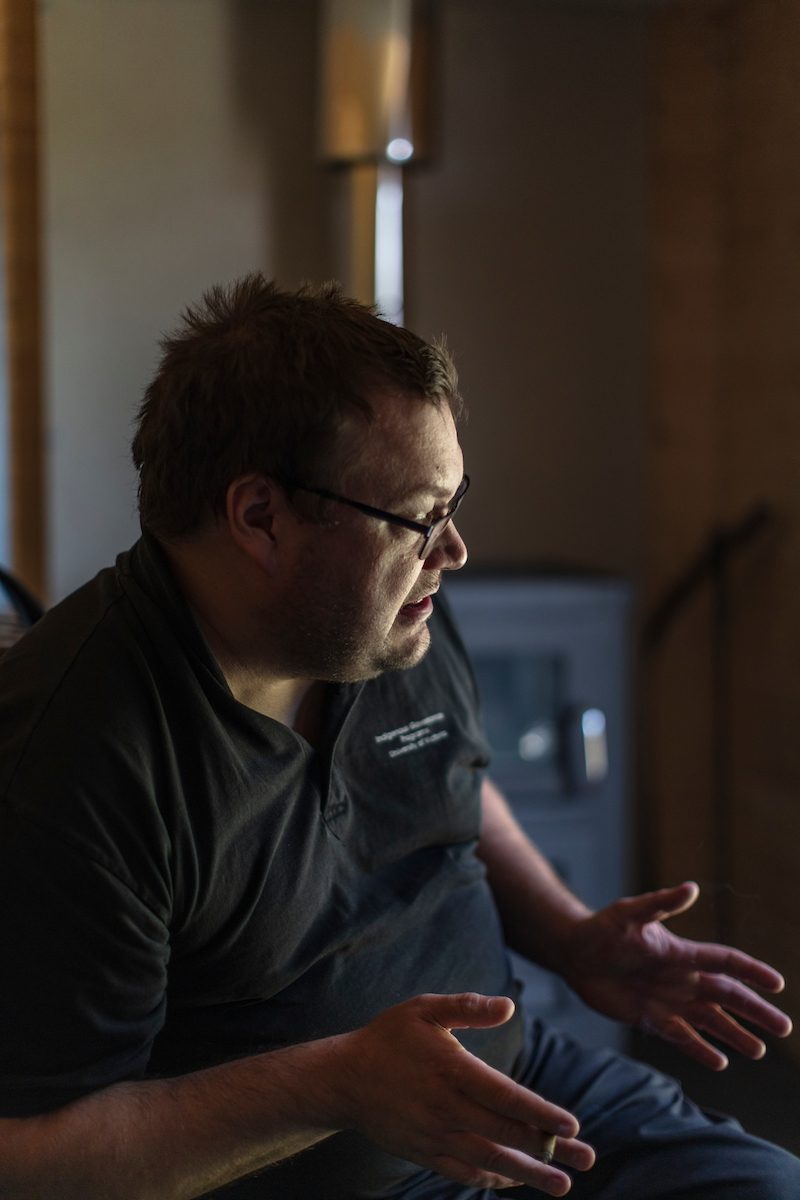
Tero recently told us that "it is a great illusion that we have a clean water-system in Finland or any untouched natural ecosystem." Two unusual but consecutive events occurred in 2010 and 2011 to exemplify this sentiment when thousands of fish died in lakes that several Finnish communities rely on to make a living. This caused the local community to sue the site owner VAPO and claim compensation payments. These lakes are the product of an important project to bring back wildlife, plants, bacteria, and aquatic life. Just seven years ago, they started with a PH-level of 2.77 and have now stabilized to a 5-5.8 with the site left to itself. Mustonen tells us that "thousands of lakes have been negatively affected by the peat bogs (sites where peat is extracted for industrial purposes), in Finland alone."

Tero Mustonen's NGO, Snowchange bought an environmentally degraded former peat production site called "Linnunsuo“ in 2017. It is here that they formed a round-table of experts, in which all parties took a role in cleaning up the river system of Jukajoki. The name "Linnunsuo“ has today become the alias of a social movement to rewild and restore Jukajoki. This has been achieved through a variety of means including building natural wetlands and pools into the catchment area of the river. This alleviates the loading of organic matter and nutrients into the river itself by allowing “natural filtration” before it gets there. In some ditches, limestone stations have also been used to alleviate the acidity but these cannot last as a long term solution. Only by restoring the natural wetlands and the catchment areas can we hope for any success. These actions will subsequently lead to the restoration of the rivers themselves.
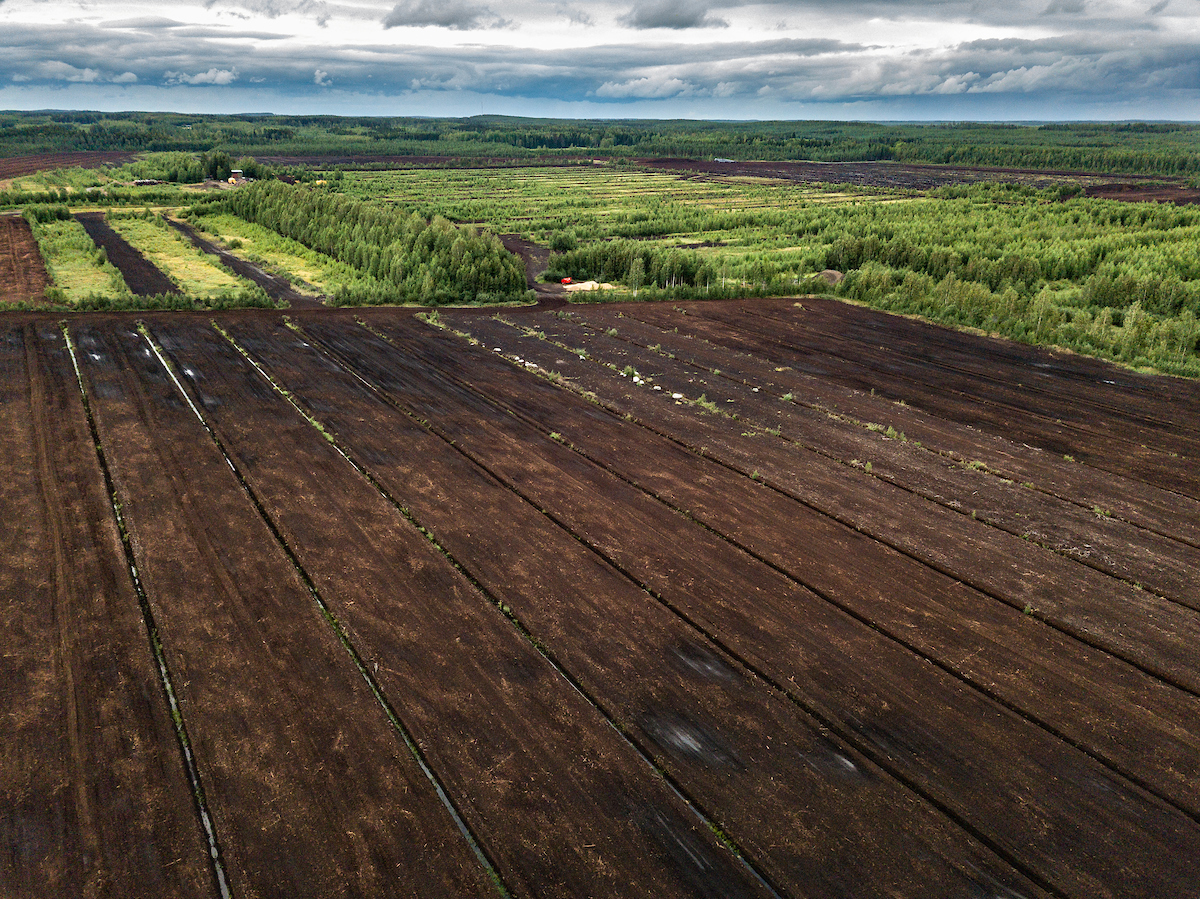
The Finnish fuel and forestry industry’s destructive practices result in pandemic collateral damage including the loss of biodiversity, old-growth trees, lichens, and the Boreal Forests, which take about 400-500 years to fully develop. The peat contaminants, slowly spreading throughout the lake and river systems, and ultimately flowing into the Baltic Sea, result in the loss of fish via polluted waters throughout the region. A considerable drop in the water quality has been noted by the locals.
In August of 2019, many outlets reported thousands of dead fish washed up on the shores of Rautalampi lake. At first, there was no apparent cause - it was a mystery. Later, Helsingin Sanomat released a story attributing long-term oxygen deficiency and poor lake conditions as the cause for mysterious deaths. More specifically, as per the report, algae had filtered into the water, affected the oxygen and caused the fish to suffocate, but that wasn't correct, and it's where the investigation ended for most.

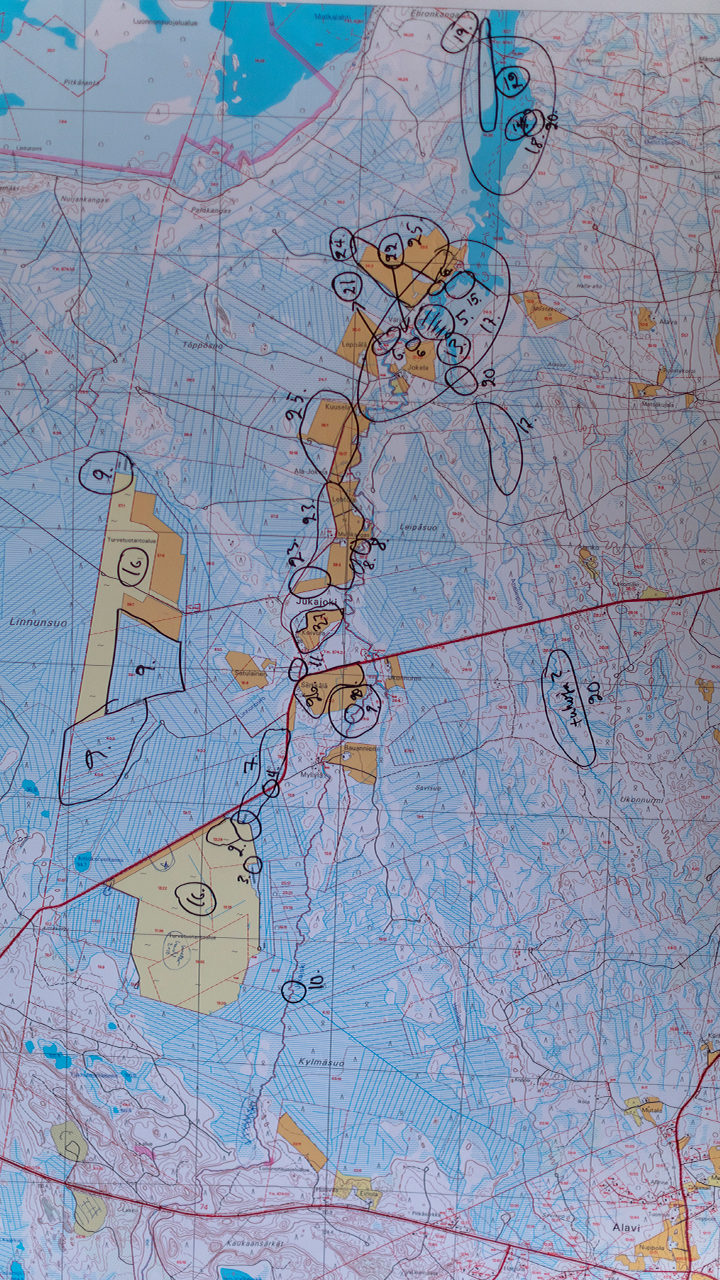
However, a peer-reviewed paper on the topic written by Tero Mustonen shines greater light on the topic. Power Discourses of Fish Death: Case of Linnunsuo Peat Production explains the circumstances under which all these fish perished, sharing similarities with an event in July of 2010. On this occasion, there was an acidic discharge from the Linnunsuo peat production site in the Jukajoki river catchment. According to official statistics, the water quality was: 2.77-PH level and contained as much as 338,000 micrograms of iron/liter as normal. These levels of toxicity are lethal to all aquatic life. It could be seen in realtime, as local fisherman Heikki Roivas, who first raised the alarm, a huge number of seagulls circling above the dead fish that were floating belly up. This discharge resulted from lands being "ditched." The iron sulfate in the ditched soil reacted with oxygen in the water following a subsequent thunderstorm that fed into the drainage system, draining a lethal acidity into the rivers. What is common between the Rautalampi case and Jukajoki is the heavy human actions on the catchment area that worsened the water quality.
COLLATERAL DAMAGE
The forest management action of “ditching,“ which has been applied since the 1940s, causes heavy metals, mercury, and peat residue to travel downstream into rivers and lakes. The natural acidity of damaged peat soil alters the natural environment and biodiversity in water systems over long periods of time, by significantly lowering the PH-levels in the water. Yearly recurring events of flooding brought about by heavy storms and snowmelt introduce the water from the peat bogs to the clean water system.
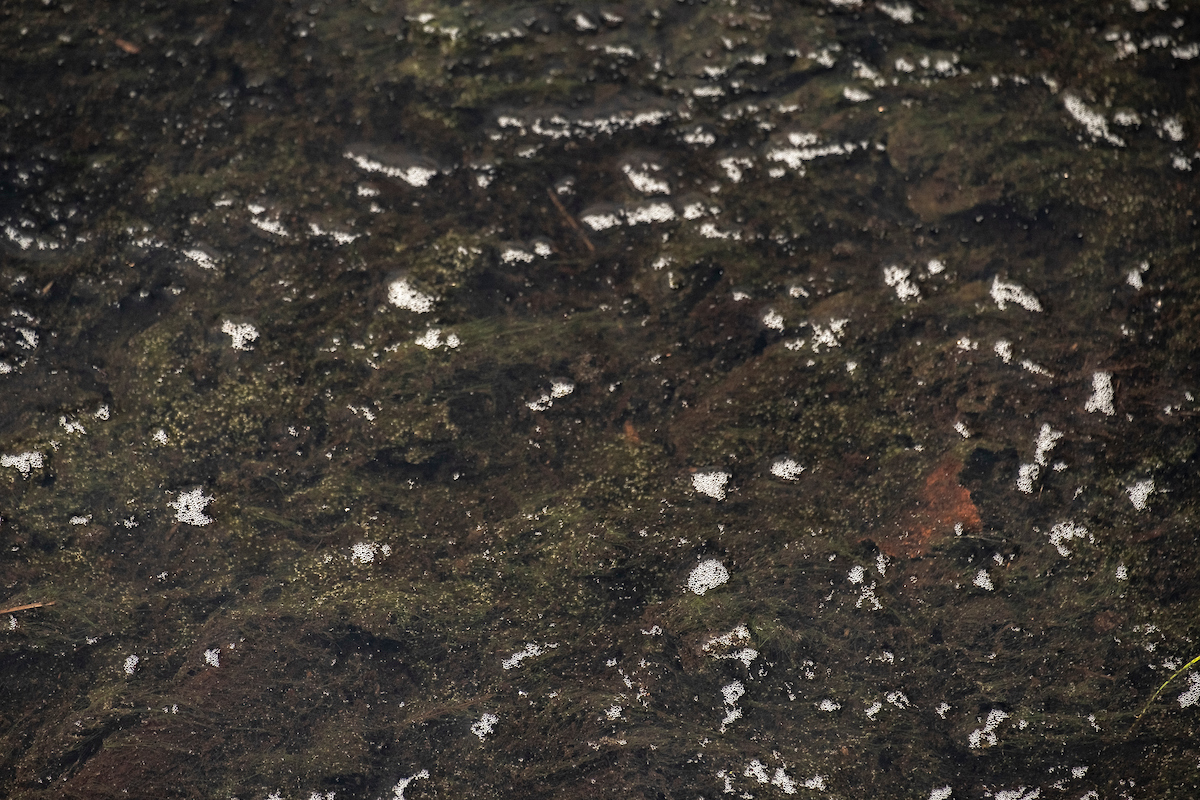
Surprisingly, although the country’s mismanagement of its peat sourcing for energy has such wide-ranging consequences, few Finnish people outside of the fishing and farming communities are even aware of the problem. Finnish forests and peatlands are not only a proud feature of the country but also a significant source of the country's wealth. However, from an economic perspective, there is a co-dependence on both forests and peat mires. One-third of the Finnish forestlands is located on the grounds of wetlands. According to the logic of the forest industry, the additional moisture of the wetlands has to be drained in order to maximize the growth and volume of the timber harvest. In a typical timber harvest, all trees from a prepped forest stand are removed, which is a practice known as “clear-cutting.” Once again, maximizing the economic outcome comes at a higher priority than the health of the ecosystem, as the bare forest soil is churned using caterpillars and diggers, leaving behind deep tracks and ditches which collect water saturated with mercury and heavy metals. The released carbon dioxide from the exploited soils, old-growth forests and peat-mires amounts to double the number of the entire Finnish transport industry. It continues to emit roughly 24 million tons of carbon dioxide a year.
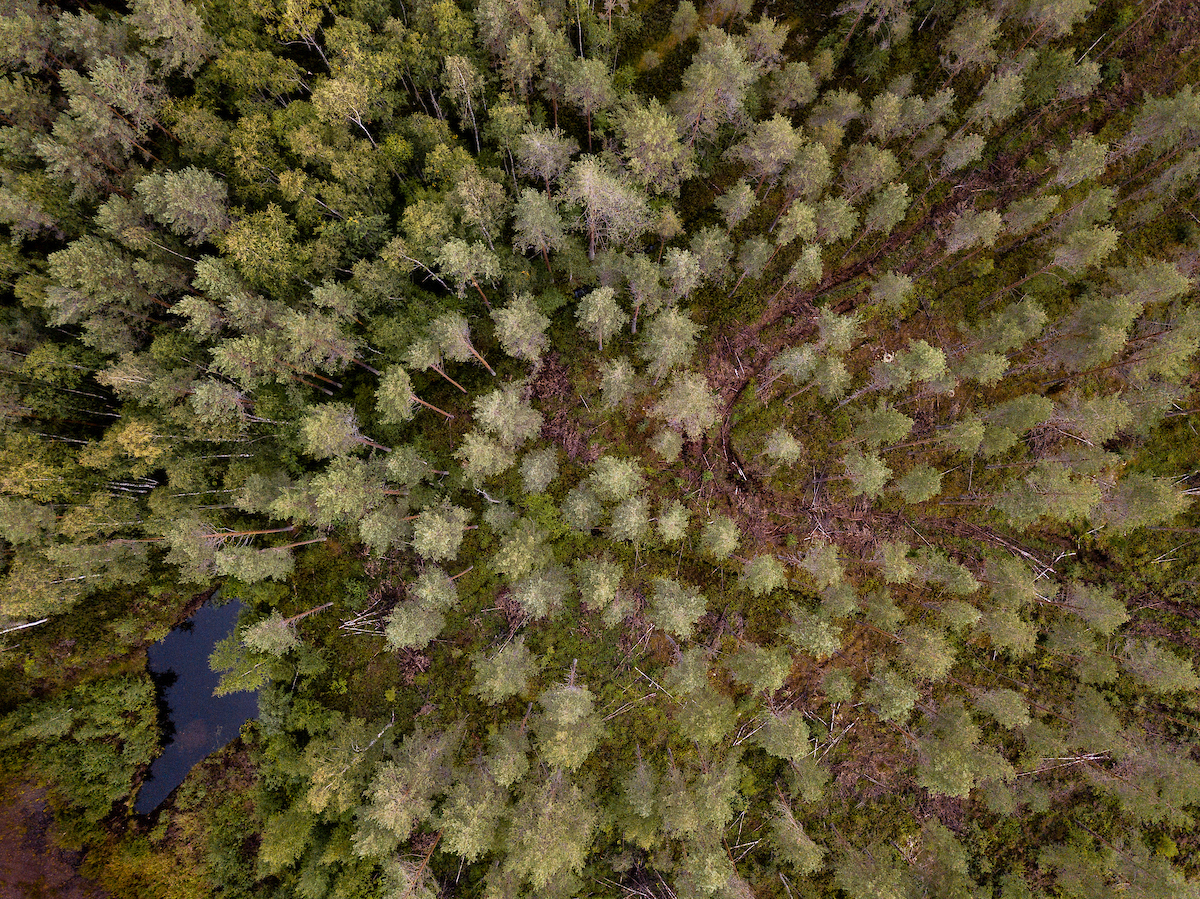
NEW STATE EMISSIONS GOALS
The Finnish government has decided to ban the production of energy via coal by the year 2029. This is supposed to ensure Finland is closer to its ambitious target of being the first fossil-free nation in the world. However, this goal does not account for emissions courtesy of the peat industry - a major source of energy in Finland, especially via small scale power stations, used to provide energy nationwide. The government continues to search for new sustainable energy resources. These include geothermal, solar, and wind, but none of these solutions will replace the energy required, currently provided via coal, quickly enough. Meanwhile, there are ever-increasing energy demands in major cities such as Helsinki, Turku, and Tampere.
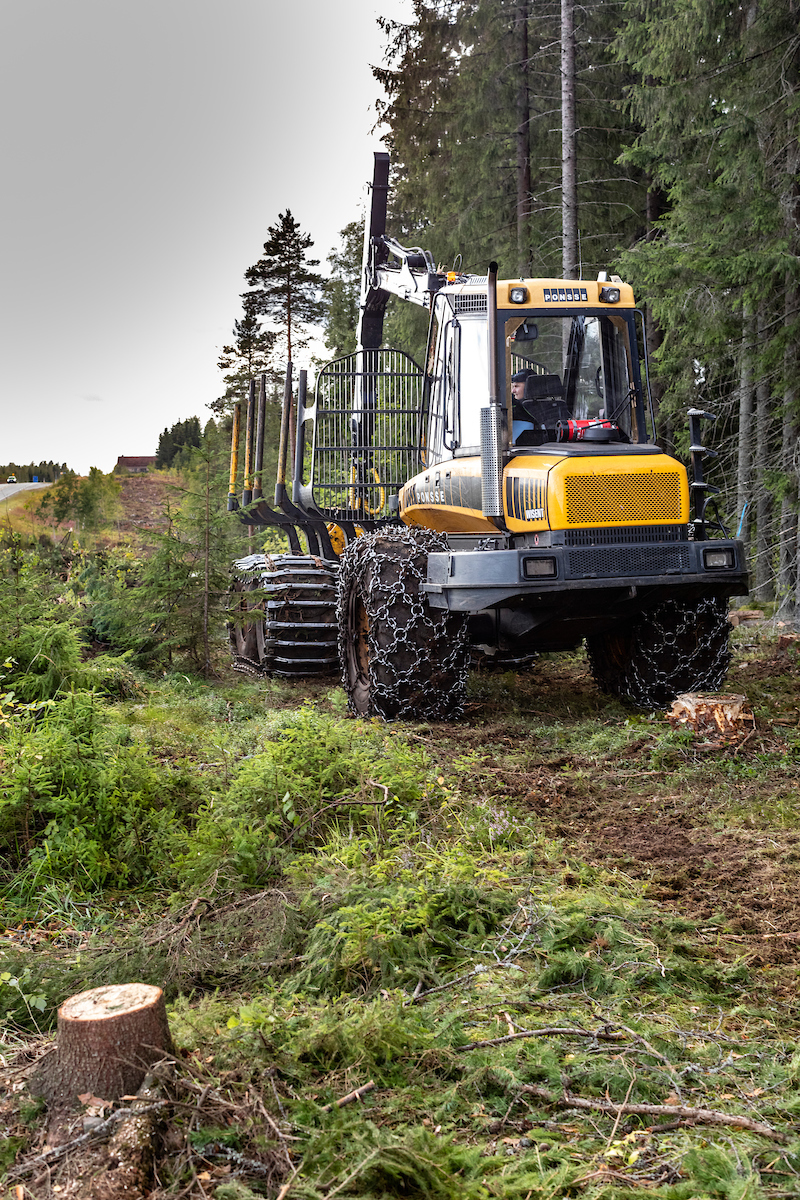
The smaller-scale power stations that run on wood and peat are more problematic. It is costly to turn them into sustainable energy-run factories, like some of the bigger stations, and so far, there is a lack of understanding regarding their contribution to carbon emissions. Education on a state-level will need to take place in order to clarify the importance of untouched boreal forests and the carbon contribution created by deforestation and the replanting of monocultures.
Whilst it's not in the global consciousness in the same way as its big brother coal, which is known worldwide for its environmental harms, the extraction of peat for energy shares many of the same detrimental impacts on the environment. This outdated, old-fashioned practice needs urgent attention. Stay tuned to The Outdoor Journal for a continued breakdown of the controversy.
This article is the first part of a series entitled Finland’s Dirty Secret. Part two of the series, Political Controversy can be found here.
All photos by Maren Krings
Cover Photo: The smokestacks of a VAPO site in Ilomantsi, the state-owned energy company burning peat and wood to produce energy for the Finnish countryside, can be seen from afar.





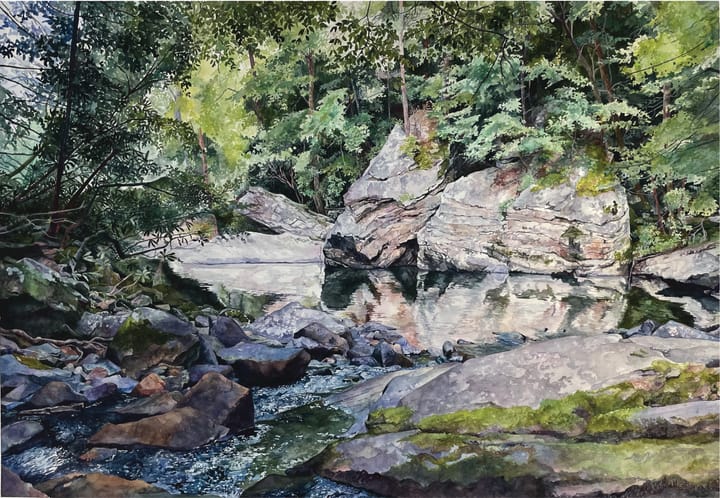
Comments ()